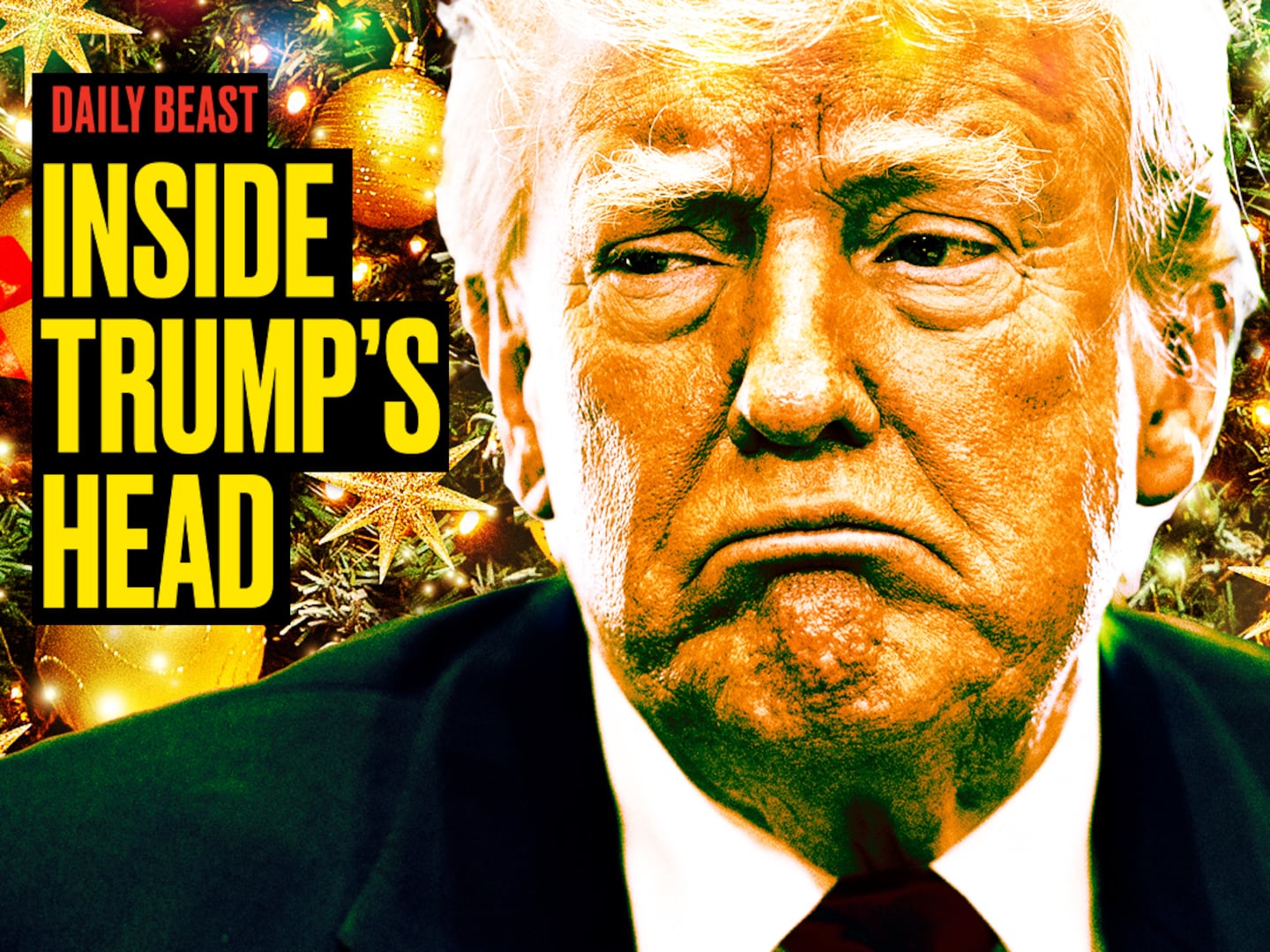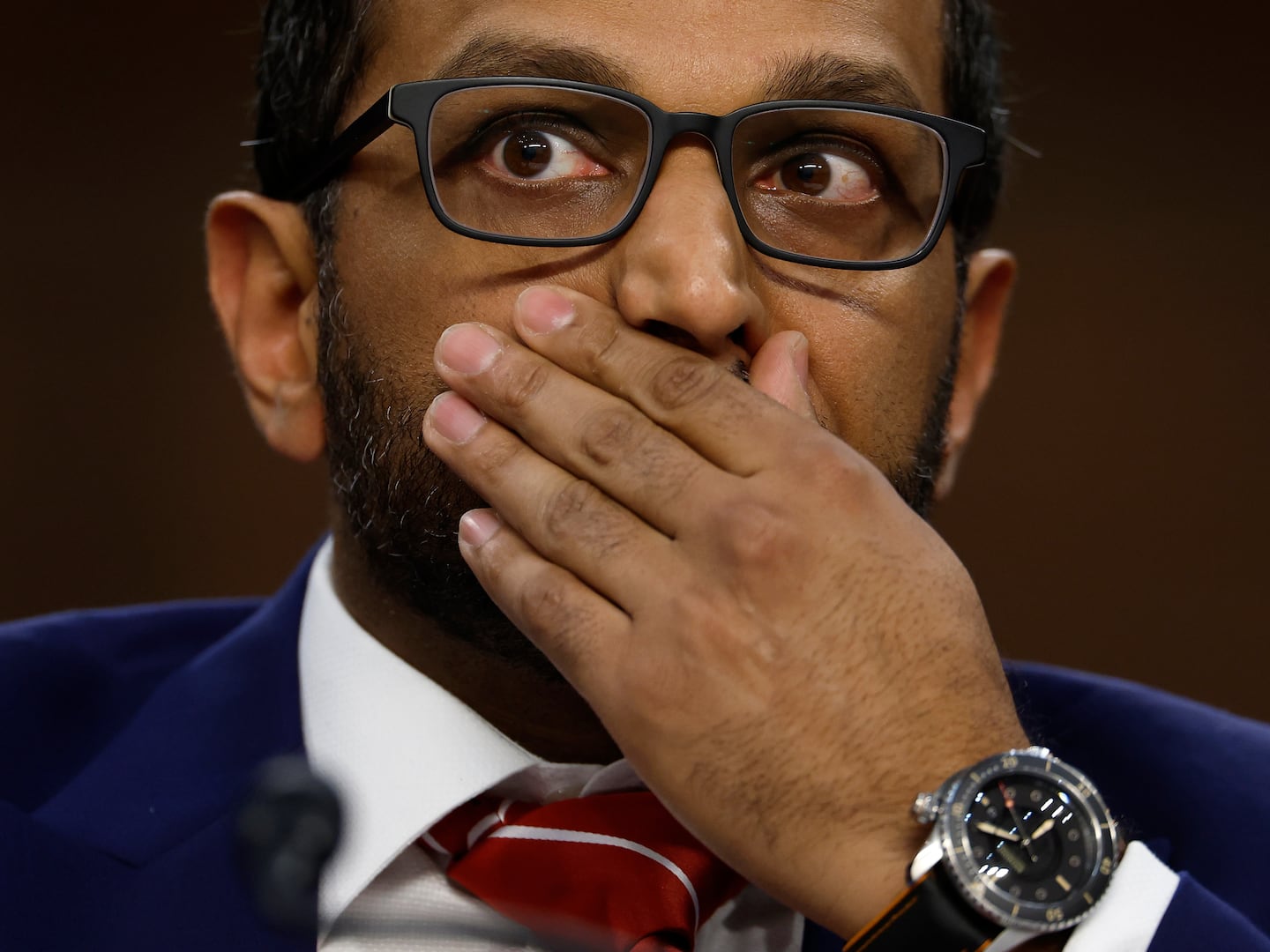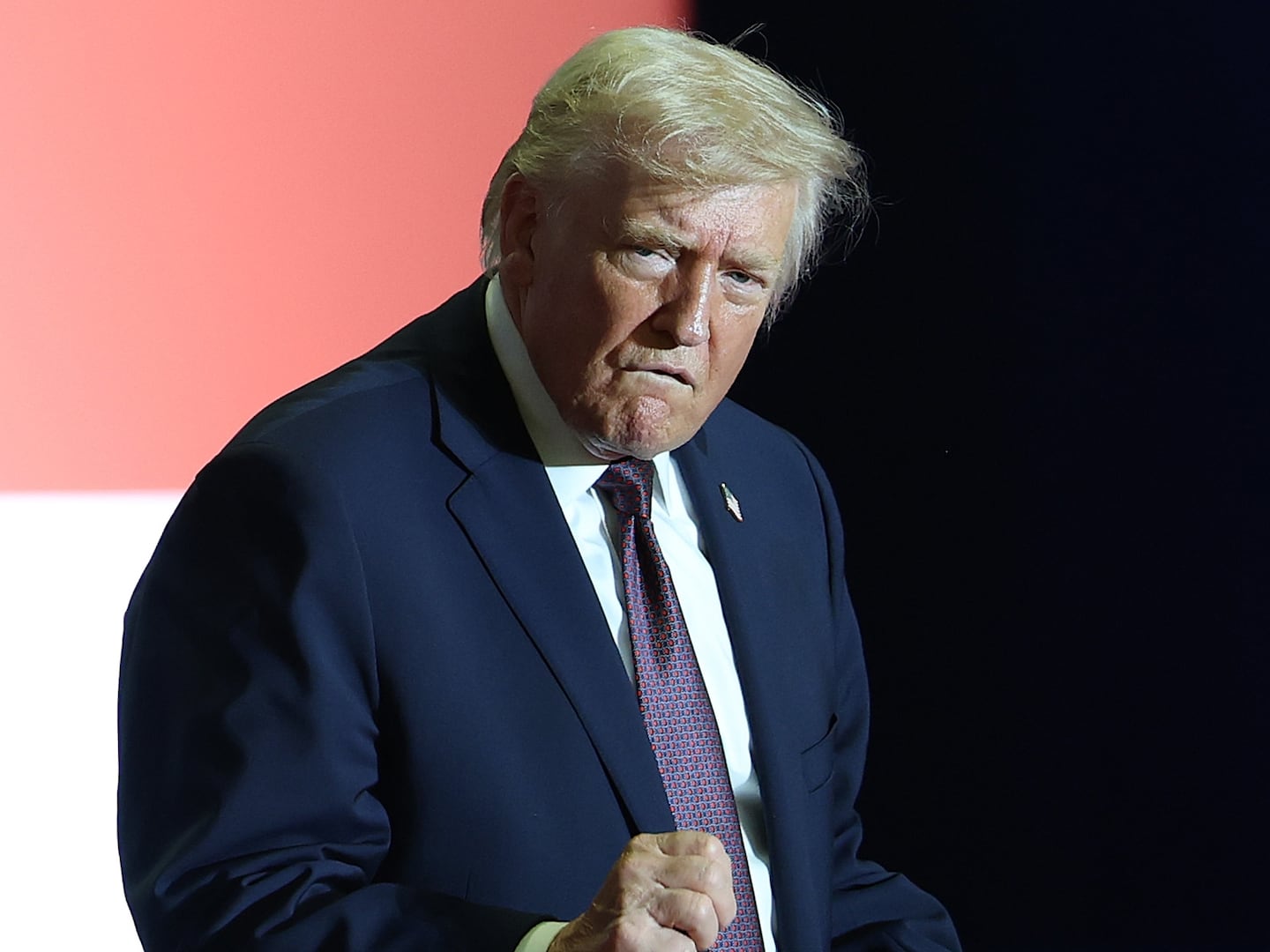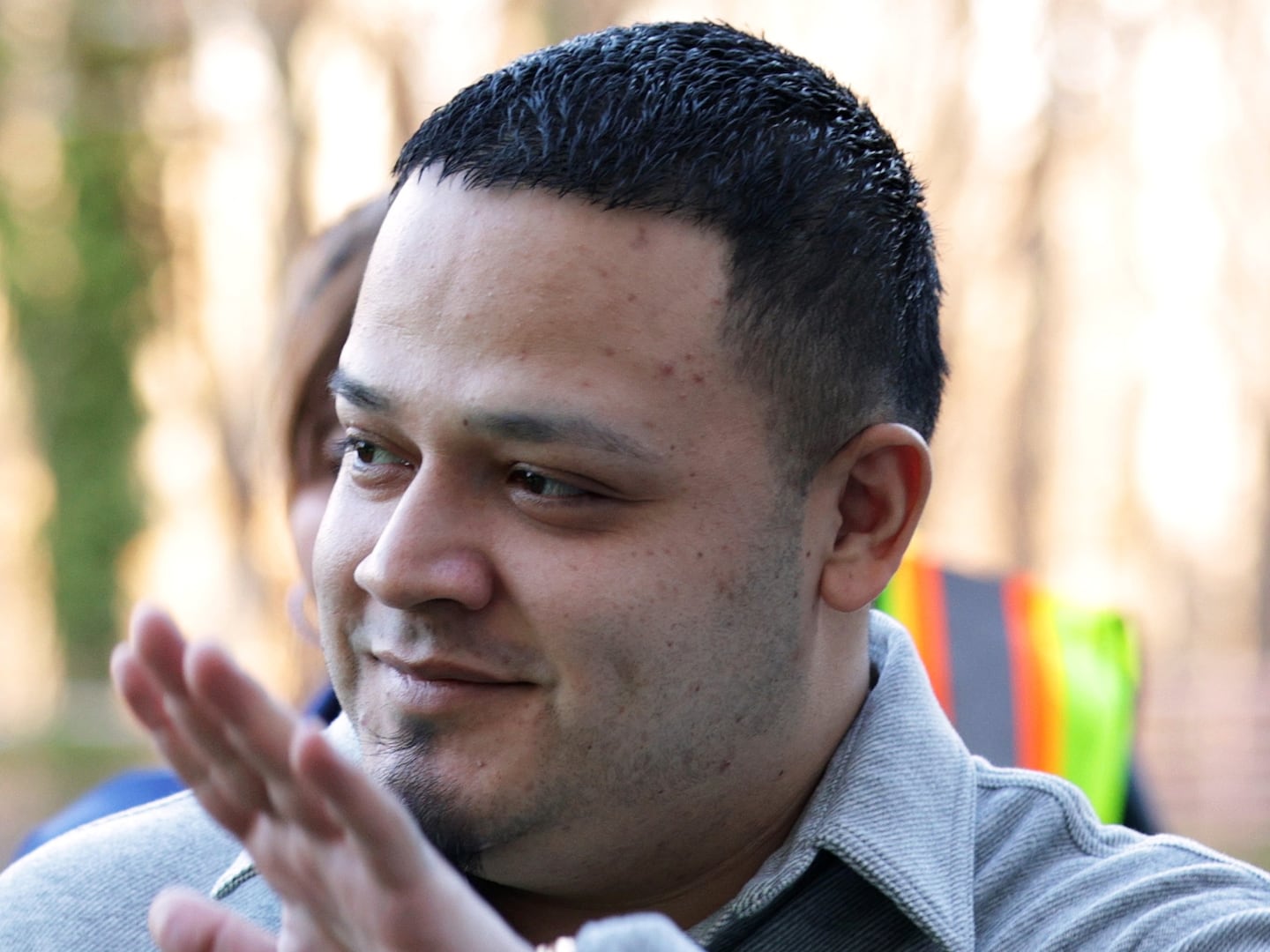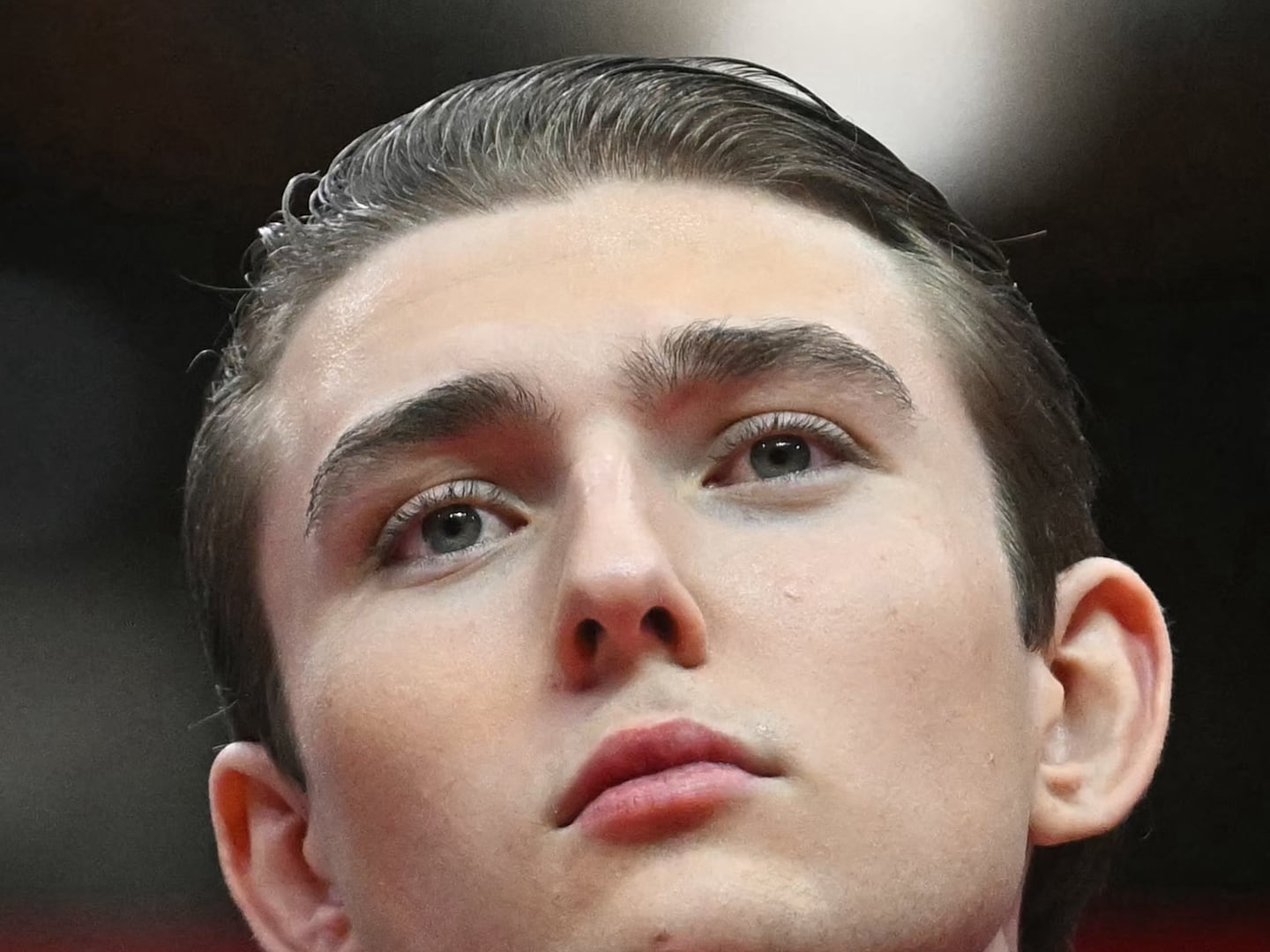Just when you thought you’d cried your last tear over Toy Story…
When it was announced that there would be a fourth film in the Toy Story franchise, most people wondered why. In fact, it was even irritating. Not only was Toy Story 3 the rare film that is absolutely, unequivocally perfect, it is also a perfect ending.
It was a profound conclusion to a story of a generation—15 years passed between the first Toy Story and the third—and, at the risk of aggrandizing, of cinema: a trilogy that doubled as a definitive example of how technology could be used to tell a story, and how lending dignity to childhood wonder could produce significant explorations of love, loss, growing up, and letting go.
Why muck all that up? Why do another movie?
After seeing Toy Story 4, the answer that Disney and Pixar seems to have arrived at is: Why not? And you know what? We’re OK with that.
This isn’t a surrender to commercial cynicism; what with Dark Phoenix, Men in Black: International, and Shaft testing the patience of even the most dedicated franchise lemmings, our eyes are so exhausted from rolling over that they’re twitching. There may be faint whiffs of that with Toy Story 4, but it has such a well-crafted story, sense of humor, and, most importantly, something important and worthwhile enough to say that you won’t mind.
The film shrewdly seduces you with immediate nostalgia. You see the blue wallpaper with the bright white clouds. Randy Newman’s Oscar-winning “You’ve Got a Friend in Me” plays. We’re even back playing with Andy (John Morris) again, with a flashback to simpler times for Woody (Tom Hanks), Buzz Lightyear (Tim Allen), Jessie (Joan Cusack), and the gang.
But the emotional gut-punch comes fast and hard. Andy’s sister is donating toys she no longer plays with and Woody’s love, Bo Peep (Annie Potts), is among them. She invites him to go with her, but he stays behind to fulfill his role as comfort to Andy and leader of all the other toys.
This flashback tells us where Bo went and why she wasn’t in the third film, and also reminds us of how much in love the couple was, which factors heavily into the Toy Story 4 plot. Also factoring into the plot: the sentience of toys, the nature of consciousness, and the lives they deserve. Fun! (Really.)
Toy Story 4 isn’t so much a necessary completion of the Toy Story, um, story, as it is a sort of “where are they now…?” addendum. There are certain “holiday special,” “made for TV movie,” or “straight-to-video sequel” vibes to that, especially if you’re familiar with those types of movies in the Disney canon. (Much respect to The Lion King 2: Simba’s Pride and Beauty and the Beast: The Enchanted Christmas.) But a surprisingly heady story rescues it from that denigration. That said, it might be possible to distill its ultimate success down to one thing: a plastic spork named Forky.
Forky, voiced amusingly by Tony Hale, is trash.
At least, he thinks he is.
He’s a toy created by Bonnie, the new owner of Woody, Buzz et al, in a bout of loneliness during school orientation. Forky is a marvel of animation, and a clever inside joke to parents whose kids grow attached to hideous toys and craft projects. He is a plastic utensil with pipe cleaner arms, googly eyes of mismatched sizes, an amorphous mouth and eyebrows, and popsicle-stick feet. Because Bonnie creates him and thinks of him as a toy, he is able to think and speak like the other toys. Only he thinks of himself as trash.
Unlike the other toys, whose calling is to be in the service of their kid, Forky’s calling is to be in the garbage. He is drawn to the garbage. When he’s not in a garbage can, which he leaps into whenever anyone isn’t looking, he’s yearning to go back. But Bonnie needs him, which means Woody needs him, which means monitoring him around the clock to prevent any more incidents of rubbish-bin kamikaze.
When Bonnie’s parents (anyone still harboring a crush on the dad from Inside Out will get a thrill out of Bonnie’s father) take her on an RV road trip, she packs her favorite toys, including Forky. But when Forky escapes, once again seeking out trash, Bonnie is devastated. Woody, recognizing that he’s not the main source of comfort for her that he once was, endeavors to bring him back.
That journey involves an antique shop and Bo Peep, who has been living off the grid after being discarded by her new owner. Before breaking out, she spent years collecting dust in that antique shop, where, through a series of calamities, Forky is being held hostage by a mafiosa-esque baby doll named Gabby Gabby (Christina Hendricks) and her henchman of creepy ventriloquist dummies.
Bo pledges to help Woody free Forky and get back to Bonnie, rallying her team of gypsy allies, Giggle McDimples (Ally Maki), Bunny (Jordan Peele), Ducky (Keegan-Michael Key), and, in a lynchpin scene-stealing role, Canadian action figure Duke Caboom, voiced by Keanu Reeves.
Hijinks and numerous action set pieces ensue as the rescue mission spirals out of control, which might seem like too-familiar territory for fans of the franchise. It’s a roller coaster of high drama and higher emotional stakes, with Woody along the way catching wise to the exciting possibility of a life that doesn’t involve slavish devotion to a child. When Bo asks, gesturing to the world around them, “Who needs a kid’s room when you can have all of this?” his little plastic head practically explodes.
So this is an action caper with an undercurrent of existentialism, chase sequences punctuated by pondering the meaning of life. It grapples with questions of toy privilege, toy agency, and toy psychology. What is a toy’s purpose? What gives them worth and fulfillment, and what happens when that is taken away?
Toy Story 4 is about empty nest syndrome. It is about emancipation. It is about love, and what people will sacrifice for those they love. It is about a reckoning with one’s self-worth. Literally, a major character has to be convinced he isn’t trash. (Been there, Forky.)
It’s a provocative, if head-spinning, pivot that lightly flies in the face of the rules of the universe we’ve spent three films and 15 years coming to understand. For these toys, life cycles are lived through the kids whose lives they enrich, a point driven home in the final moments of Toy Story 3: The end of service to one child, and the beginning of a new “lifetime” with another. “Yeah, but what about the toys themselves?” doesn’t exactly line up with that. But that’s no matter when things are this much fun.
Toy Story 4 is clever and witty, at times exhilarating, and does the little tap dance on your tear ducts that you’ve come to crave from Pixar films, and especially from this franchise. The voice acting, as always, is aces, with Hale’s nutty, neurotic Forky as a standout and Reeves earning some of the movie’s biggest belly laughs with his delivery of ace humor at the expense of French Canadians. And it’s nice to think that we still have more moral quandaries and life lessons to work through with help from these beloved characters.
What started as a glimpse at a bunch of toys whose instinct it was to play dead whenever humans entered the room—perhaps the most relatable thing ever put on film—now has those same characters wondering, in their own ways, what it means to be human. At a time like this, I can’t think of a better question.


